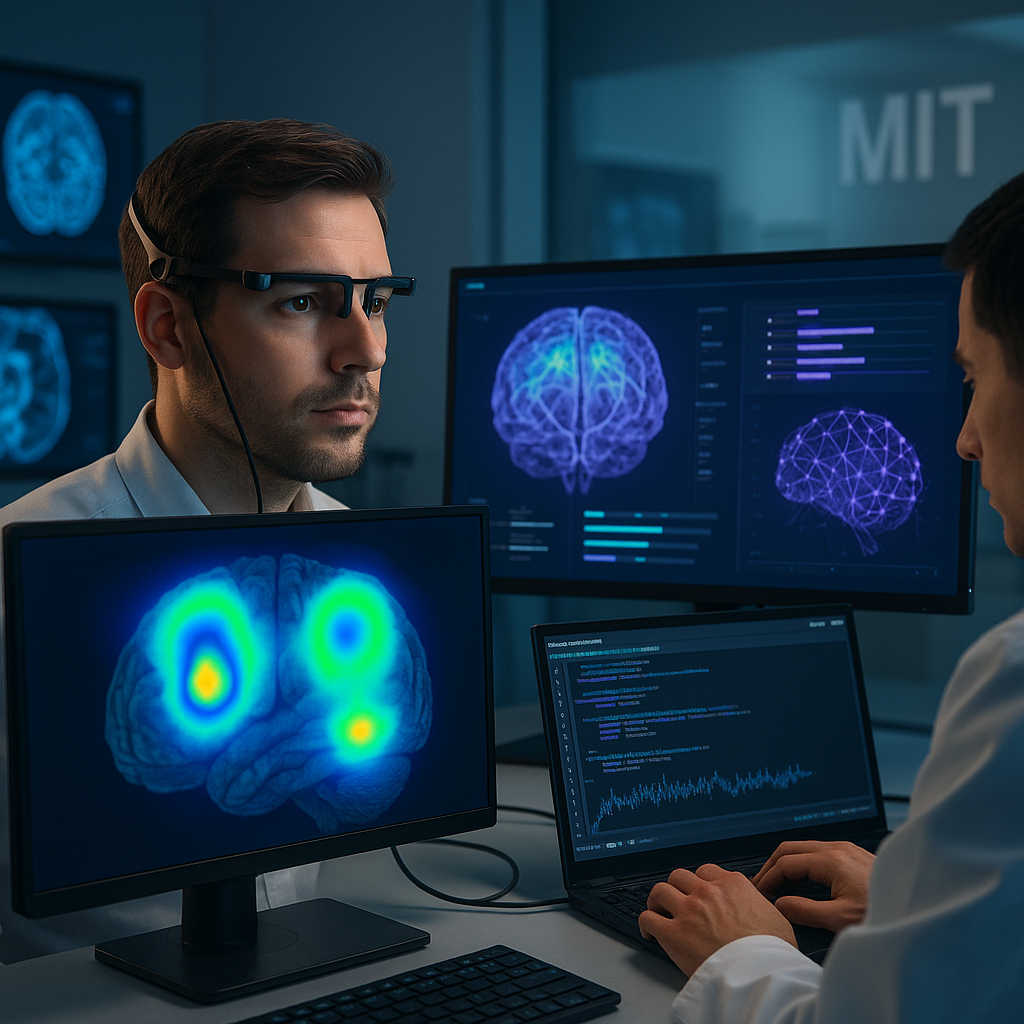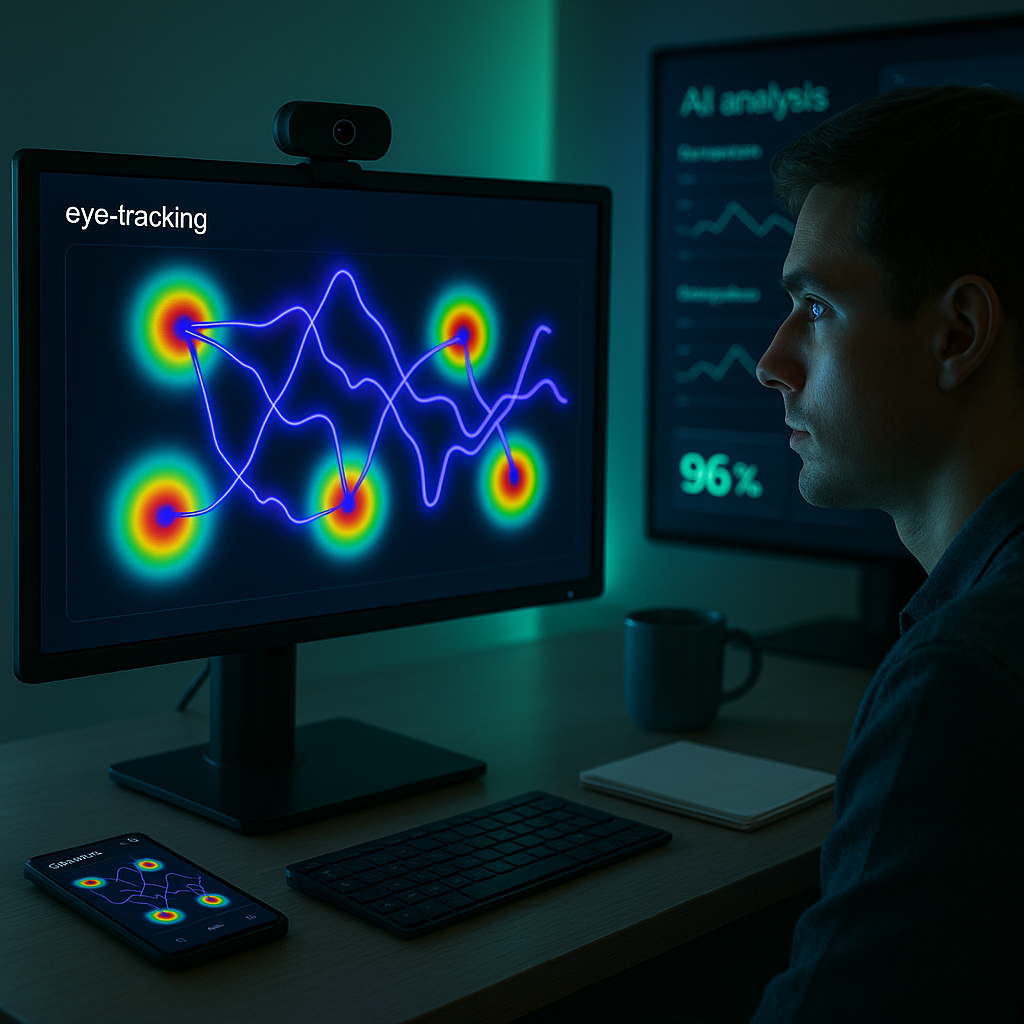Key Takeaways
- AI system developed at MIT identifies ADHD by analyzing visual processing patterns.
- Focuses specifically on adults, addressing a gap where symptoms are often masked.
- Provides objective, brain-based data rather than relying solely on self-reported checklists.
- Earlier and more accurate identification may help adults access tailored support and self-acceptance sooner.
- Wider research and pilot programs are set to begin in clinical and workplace settings this year.
Introduction
A new AI tool developed at MIT can now detect adult ADHD by analyzing patterns in visual processing, researchers stated on Tuesday. Unlike traditional checklists or self-reports, this system examines how adults interpret images, providing a more objective and earlier path to diagnosis for those often overlooked by standard methods. Clinical trials in real-world settings are expected to begin later this year.
How the AI Tool Detects ADHD
MIT researchers created an artificial intelligence system that identifies adult ADHD by assessing distinct visual processing patterns in the brain. The technology tracks specific eye movements, attention transitions, and information processing speed to develop a neurological signature unique to ADHD.
Unlike standard diagnostic methods that depend on subjective questionnaires and self-reporting, this tool delivers objective neurological measurements. It captures how ADHD brains engage with visual stimuli and detects subtle differences that clinicians may overlook.
Dr. Sarah Chen, lead researcher on the MIT project, explained that the team measures the brain’s actual processing patterns instead of relying on behavioral recall, reducing subjectivity in diagnosis. The process requires only a 15-minute assessment with standard eye-tracking equipment, making it more efficient than traditional multi-session evaluations.
The research team trained the AI on thousands of visual processing samples from both neurotypical individuals and those with confirmed ADHD diagnoses, achieving a reported initial trial accuracy rate of 91%. This marks a significant improvement over current approaches. Many of those often yield high rates of both false positives and missed diagnoses.
Addressing the Adult ADHD Gap
Adult ADHD continues to be widely underdiagnosed, with some studies suggesting that nearly 75% of affected adults remain unidentified or unsupported. Many adults develop sophisticated masking behaviors, making their ADHD less visible to conventional observation-based assessments.
Psychological researcher Maya Jackson emphasized that adults with ADHD frequently become adept at concealing symptoms, particularly high-achieving professionals who construct elaborate systems to compensate. These strategies may involve meticulous preparation, detailed organization, and creative workarounds that obscure executive function difficulties.
Most current diagnostic tools were designed with children in mind, focusing on hyperactivity and classroom behavior. However, in adults, ADHD often presents internally, with challenges such as time blindness, working memory issues, and difficulties initiating tasks.
The MIT tool addresses these challenges by measuring neurological responses that cannot be consciously masked. Neurologist Dr. James Wendell stated that visual cortex processing is involuntary. This offers an objective view into brain function regardless of a person’s adaptive strategies.
From Struggle to Strength
Early identification through this technology has the potential to transform the experience of adults with ADHD, shifting the narrative from years of hidden struggles to a strengths-based approach. Many professionals report that diagnosis in adulthood brings significant relief and self-understanding after long periods of misattributed challenges.
Eliza Ramirez, a software developer diagnosed with ADHD last year, shared that being diagnosed at 42 radically changed her perspective and work habits. By aligning her workflow with her brain’s natural strengths, she improved both productivity and wellbeing.
The tool’s objective measurements enable more personalized support strategies tailored to individual processing profiles. Instead of relying on general accommodations, employers and individuals can implement targeted adjustments based on data about attention shifts, hyperfocus, and optimal information formats.
This personalized approach emphasizes ADHD strengths such as pattern recognition, creative problem-solving, and intense focus (traits highly valued in innovative workplaces). Many tech companies are already investing in neurodiversity recruitment, and the new diagnostic tool may help expand these initiatives.
What Happens Next
Clinical trials of the MIT visual processing tool will begin next month at five major research hospitals, involving 2,500 participants in the initial validation phase. Researchers expect to share preliminary results by late summer and aim to publish peer-reviewed findings by year-end.
Dr. Chen noted that the first priority is ensuring the tool’s effectiveness across diverse demographics, addressing historical biases in ADHD diagnosis affecting women, people of color, and high-achieving professionals.
Workplace pilot programs are scheduled for the third quarter of 2024, in collaboration with three Fortune 500 companies actively advancing neurodiversity initiatives. These pilots will examine how diagnostic insights can lead to effective accommodations and professional development.
Pending regulatory approvals and completion of validation studies, the research team anticipates commercial availability for healthcare providers by mid-2025. They underline that the tool is intended to complement, not replace, comprehensive clinical assessments.
The Bigger Picture
The MIT technology signals a move toward seeing neurodivergent traits as valuable variations rather than deficits to be corrected. This shift recognizes characteristics like hyperfocus, creative connections, and rapid context-switching as potential assets in supportive environments.
Dr. Rachel Winston, neuropsychologist and ADHD advocate, observed that understanding neurodivergence as an alternative operating system (with distinct features and benefits) helps organizations foster truly inclusive workplaces.
The AI tool is part of a growing set of technologies catering to neurodivergent minds, including adaptive workflow apps, sensory-friendly office designs, and AI assistants that support executive function. These developments reflect increasing recognition that adapting environments is often more effective than expecting individuals to conform to neurotypical standards.
Community groups like the Adult ADHD Collective have responded positively to the research, emphasizing the necessity of involving neurodivergent individuals in the tool’s development and rollout. Alex Rivera, executive director of the group, stated that tools like this should empower rather than categorize those they aim to serve.
Conclusion
MIT’s AI tool marks a significant advancement for adult ADHD, offering objective diagnosis that moves beyond surface behaviors while highlighting unique cognitive strengths. By focusing on neurological patterns, this approach may reshape both personal support and workplace inclusion.
What to watch: Clinical trial results are expected by late summer, with workplace pilots and further validation progressing throughout 2024.





Leave a Reply